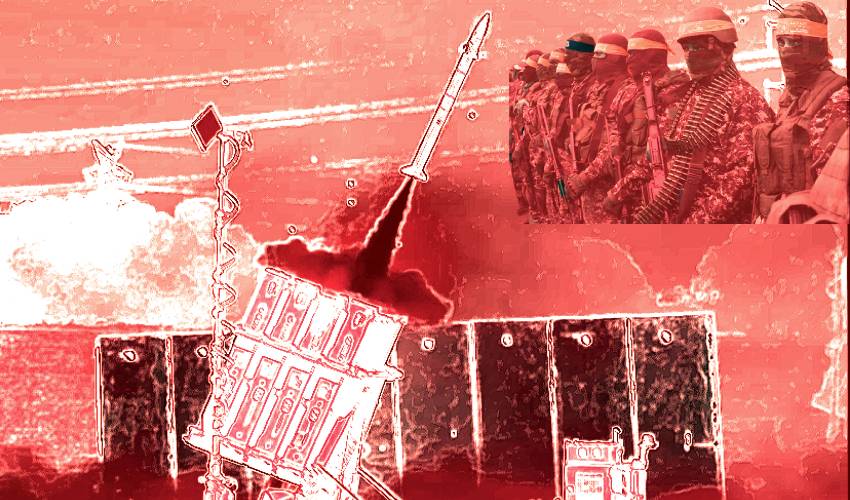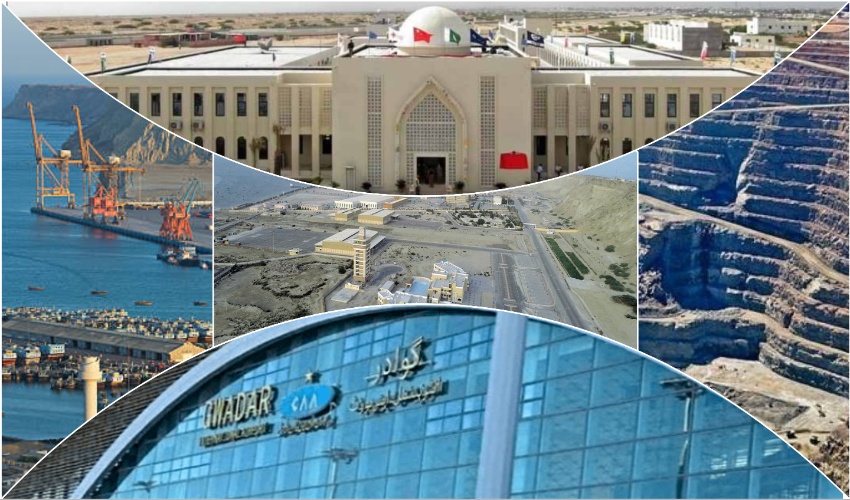In an ever-evolving landscape of military technology, the challenges posed by modern missile threats have prompted nations to refine their defence mechanisms continually. Recent tensions between Israel and Iran have highlighted the complexities involved in intercepting ballistic and hypersonic missiles.
The art of warfare has significantly evolved over thousands of years, with innovation driving the creation of increasingly advanced weaponry. In ancient times, weapons such as slingshots and cannons laid the groundwork for modern artillery. Notably, during the Ottoman Empire, Sultan Mehmet Khan al-Fatih utilized innovative cannons to conquer Constantinople, revolutionizing siege warfare.
Fast forward to the 1930s, when the German Reichswehr spearheaded missile technology advancements. Under the guidance of visionary scientists, Germany established formidable research programs that culminated in the development of the “V-1” and “V-2” missiles. While the V-1 was an early cruise missile powered by a jet engine, the V-2 emerged as a long-range ballistic missile. Despite their groundbreaking technology, both missiles faced significant limitations, including range constraints and susceptibility to interception.
Rise of hypersonic missiles
Hypersonic missiles represent the next frontier in missile technology. Unlike their predecessors, modern hypersonic missiles can maneuver in-flight, making them harder to intercept. They travel at speeds exceeding Mach 5 and can navigate outside the atmosphere, effectively reducing their thermal signature and evading detection.
While tracking such missiles remains a challenge, advanced sensors can still detect them due to their heat and light emissions. Nations like the United States and Russia have deployed infrared sensors in space to monitor ballistic missile trajectories, but the agility of hypersonic missiles poses a significant threat to existing defense systems.
Iran's missile arsenal
Iran's missile capabilities have drawn international attention, especially following recent attacks on Israel. The Iranian military possesses various ballistic missiles, including the Fateh-110 and Fateh-313, which are short-range ballistic missiles used by Hezbollah. More recently, Iran has unveiled the Fattah series, medium-range hypersonic ballistic missiles, showcasing their technological advancements in missile warfare.
The recent missile barrage from Iran aimed at Israel included several different models, creating confusion over their capabilities. The Fateh-360, also known as BM-120, is a tactical ballistic missile capable of satellite guidance, similar to the U.S. HIMARS system. This diverse arsenal poses a multifaceted threat to Israel, complicating its defensive strategies.
Limitations of Israel’s air defense systems
Israel has long prided itself on its sophisticated air defence systems, which developed significantly after the 2006 war with Hezbollah. During that conflict, thousands of rockets were fired at Israel, highlighting vulnerabilities in its defence infrastructure. In response, Israel developed systems such as the Iron Dome, David's Sling, and Arrow, each designed to intercept different types of aerial threats.
However, despite these advancements, the Israeli air defence system faces inherent challenges when dealing with Iranian missiles. One of the primary issues is the saturation point of missile defence systems. When multiple missiles are fired simultaneously, the defence systems can become overwhelmed, leading to potential failures in an interception.
Moreover, the strategic deployment of missiles by Iran, such as launching them in swarms or at different trajectories, complicates interception efforts. While Israel’s systems excel at intercepting conventional threats, the speed and manoeuvrability of hypersonic missiles demand a level of agility and sophistication that current systems may not provide.
Future of missile defense
As geopolitical tensions escalate in the Middle East, the importance of effective missile defense systems becomes increasingly critical. The ongoing arms race between Israel and Iran underscores the necessity for continuous innovation and adaptation in military technology.
Israel must invest in research and development to enhance its air defense capabilities, particularly against emerging missile technologies. Collaborative efforts with allies, including the United States, will play a vital role in developing next-generation defense systems capable of addressing the evolving threats posed by Iranian missile technology.



























